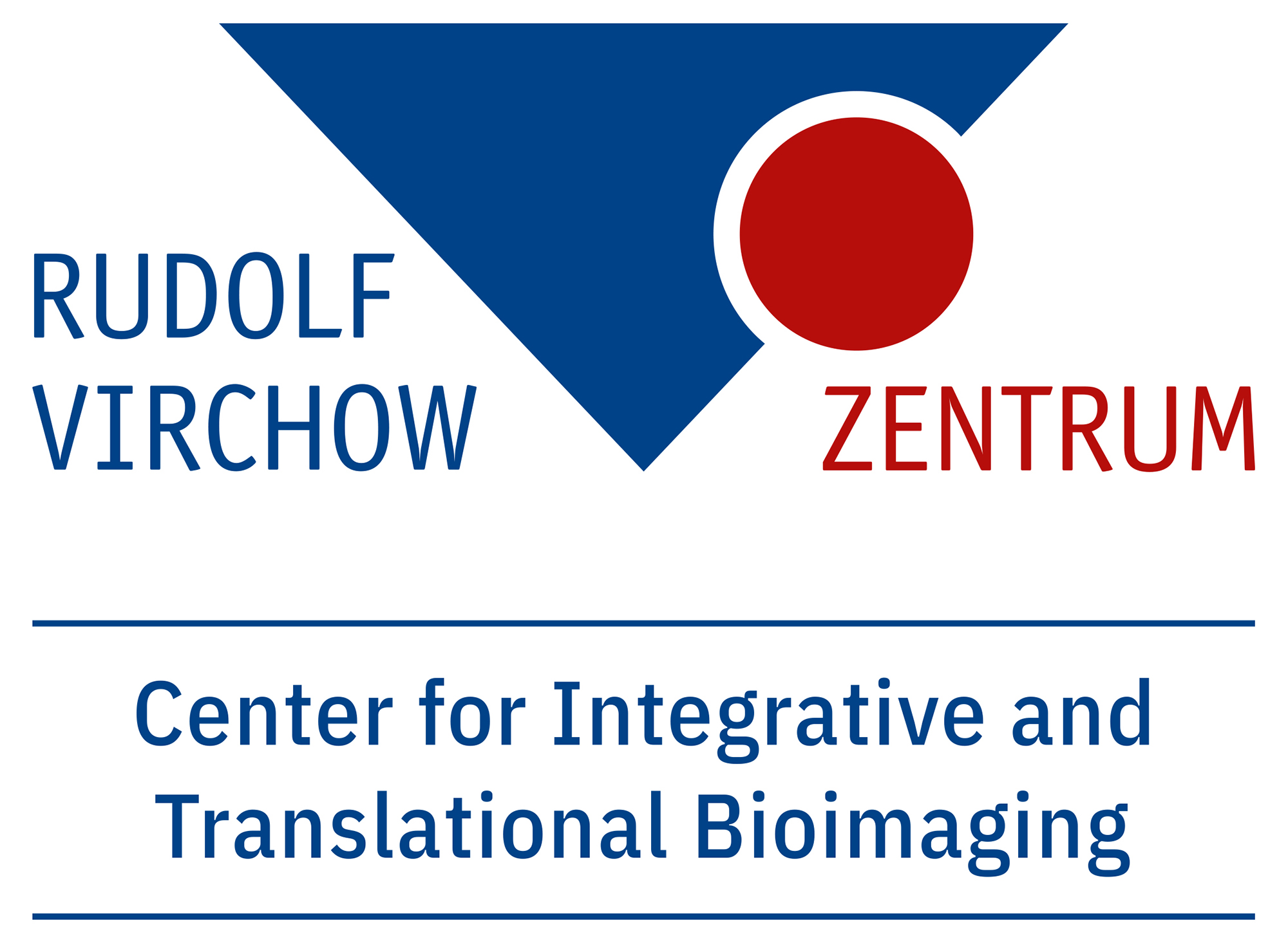Bacteria use special channel proteins through which they can channel fluid and ions out of the cell in case they need to protect themselves from bursting. The research group led by Prof. Dr. Bettina Böttcher of the Rudolf Virchow Center for Integrative and Translational Bioimaging at the University of Würzburg has now discovered that certain fat molecules (lipids), which build up the bacterial membrane, control the opening mechanism. Since harmful bacteria also use this protective mechanism, it is relevant to know the underlying mechanisms.
Washed off lipids lead to the opening
It was previously known that the mechanical tension of the membrane in which the channel proteins are embedded is measured by the proteins via "sensors" and leads to the opening of the channels when the tension is high. Böttcher and her group now showed that lipids attached to folds and pockets of the protein play an important role in the control. For this purpose, the scientists treated the samples, in which the proteins were present without a surrounding membrane, with different soap solutions. "The soap molecules slowly wash away the attached lipids, structural changes occur and the channels open. If more lipids are added again, the process is reversed and the channels close again," Böttcher explains.
Students become Co-authors of the study
A special aspect of this study is the close link between research and teaching. The students of last year's practical course "Electron Microscopy and Image Processing" took the measurements on the samples relevant for the study and thus contributed significantly to the publication. "Linking teaching and research is not always easy, as the research-relevant samples are more elaborate to prepare and riskier to study than typical samples used for internships" clarifies Böttcher. Julia Halang, one of the students says enthusiastically: "The internship gave me an insight into electron microscopy that I would never have had otherwise. We were allowed to do everything from sample preparation to image acquisition and processing. I am very grateful for that!"
Persons
Prof. Dr. Bettina Böttcher is Professor of Biochemistry and since 2016 head of a research group at the Chair of Biochemistry and at the Rudolf Virchow Center for Integrative and Translational Bioimaging at the University of Würzburg.
Dr. Tim Rasmussen works as a postdoc in the research group of Prof. Bettina Böttcher at the Rudolf Virchow Center for Integrative and Translational Bioimaging at the University of Würzburg.
Contact for scientific information:
Prof. Dr. Bettina Böttcher (Rudolf Virchow Center, University of Würzburg)
Phone: +49 (0)931 31 84193, bettina.boettcher@uni-wuerzburg.de
Dr. Tim Rasmussen (Böttcher Group, Rudolf Virchow Center)
Phone: +49 (0)931 31 89659, tim.rasmussen@uni-wuerzburg.de
Original publication:
Vanessa Judith Flegler, Akiko Rasmussen, Karina Borbil, Lea Boten, Hsuan-Ai Chen, Hanna Deinlein, Julia Halang, Kristin Hellmanzik, Jessica Löffler, Vanessa Schmidt, Cihan Makbul, Christian Kraft, Rainer Hedrich, Tim Rasmussen and Bettina Böttcher; Mechanosensitive channel gating by delipidation. PNAS (2021) doi: org/10.1073/pnas.2107095118




